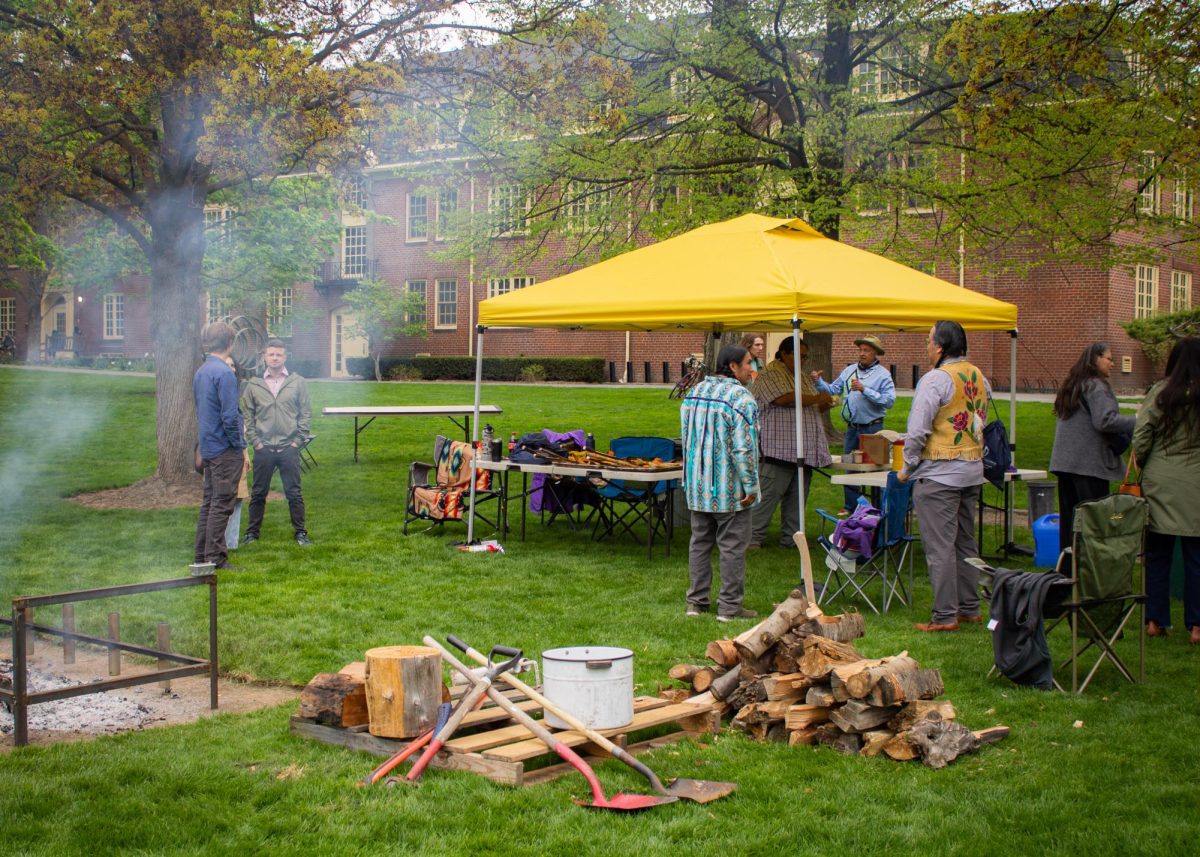by Christina Russell
Lightning struck in the southeastern region of Washington last month, provoking a forest fire that has enveloped over 100,000 square feet of land and continues to threaten. The fire started on Aug. 21 and is located in the eastern and southeastern regions of Dayton and Waitsburg. Residents of Tucannon and Maloney mountain roads as well as the Stentz Springs Recreation Park have been evacuated until further notice. A network of roads in the area including all property comprising the Umatilla National Forest has also been closed.
InciWeb, an incident information system, published that six Type One and 29 Type Two fire crews have been enlisted to contain this natural catastrophe. The U.S. Department of Homeland Security’s Federal Emergency Management Agency (FEMA) allocated funds for the outbreak on Aug. 22, when it became apparent that the fire posed an immediate threat to at least 50 households and up to 1,500 more. Thirty-five individuals were forced to evacuate (FEMA News Release). According to the Dayton Chamber of Commerce, as of Tuesday, Sept. 7 a total of 103,100 acres had burned. The containment at this point was up to 80 percent. There were 1,017 persons working to fight the Complex fire at this time.
While this fire has been detrimental to the residential community in Dayton and surrounding areas, from a biological standpoint it is serving an integral role in the ecosystem. Professor of Biology at Whitman Delbert Hutchinson reflected on the biological implications of the Columbia Complex fire. “I can’t say whether it is bad to fight for ecological reasons, but it is true that natural disturbances [like fire] increase diversity and maintain stability.” To many, it appears that fire is harming our environment, as burning wildlife does not seem to be a positive occurrence.
Hutchinson said, “The landscape is adapted to this kind of change. We are building homes, we don’t like it when natural things come through––go figure.”
Hutchinson explained that because residential development has taken place in forests, there have been a lot of preventative measures undertaken to eliminate the periodic fires that would otherwise occur in a state of nature. Because of this, when a fire does happen there is an excessive amount of underbrush waiting to burn that serves as fodder for the flame. In this circumstance, Hutchinson said, “When you get a fire –– it’s one hell of a fire. It’s going to explode.” There have been preemptive efforts in forests like the Columbia Complex to clear out the underbrush that increases the magnitude of the flame. “But, I question sometimes,” said Hutchinson. “How much are we really controlling?” The truth is that in as little time as fifty years, no matter how many preventative measures are executed, there will be another fire. “We just want to control stuff,” he said.
“The biology is rather clear,” said Hutchinson. “Ultimately, though, this is a decision we have to make as a society, a decision informed by biology.”
Concerned students can help displaced fire victims by sending toilet paper, paper towels, bottled water, Gatorade or small monetary donations to the Dayton Fire Fighters Association. Supplies sent either to the Dayton Fire Station or the Dayton Chamber office will reach those in need. People seeking more information contact the Chamber at (509) 382-4825.








